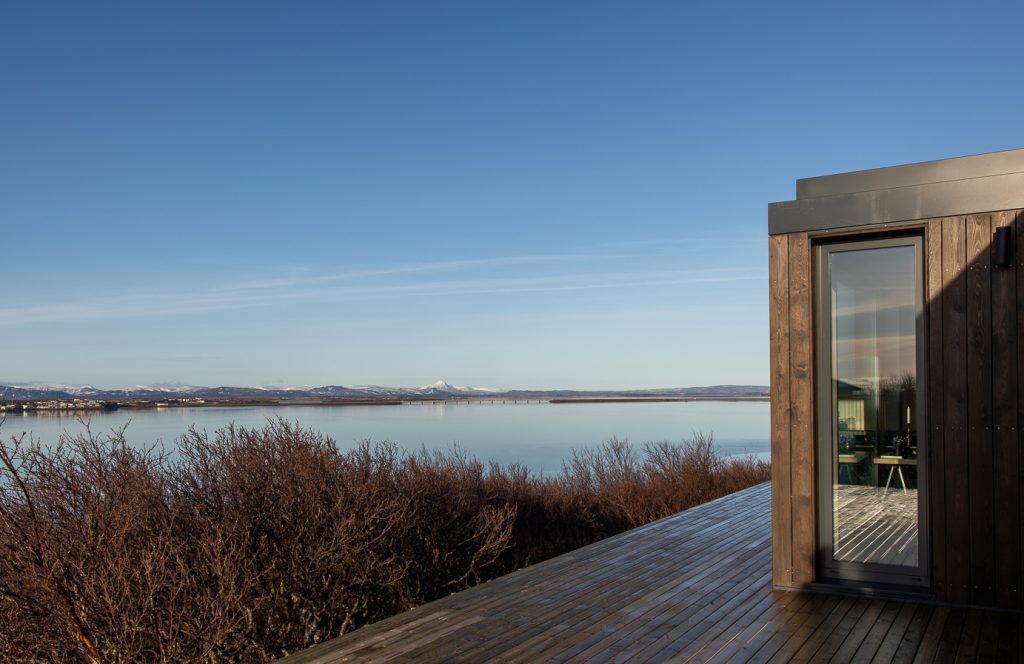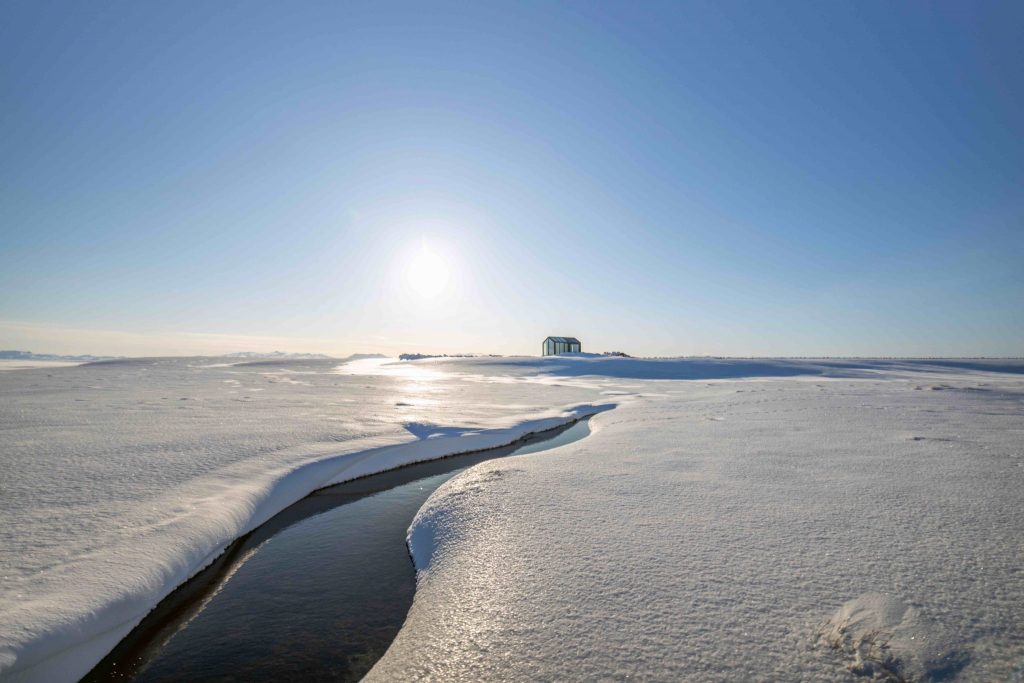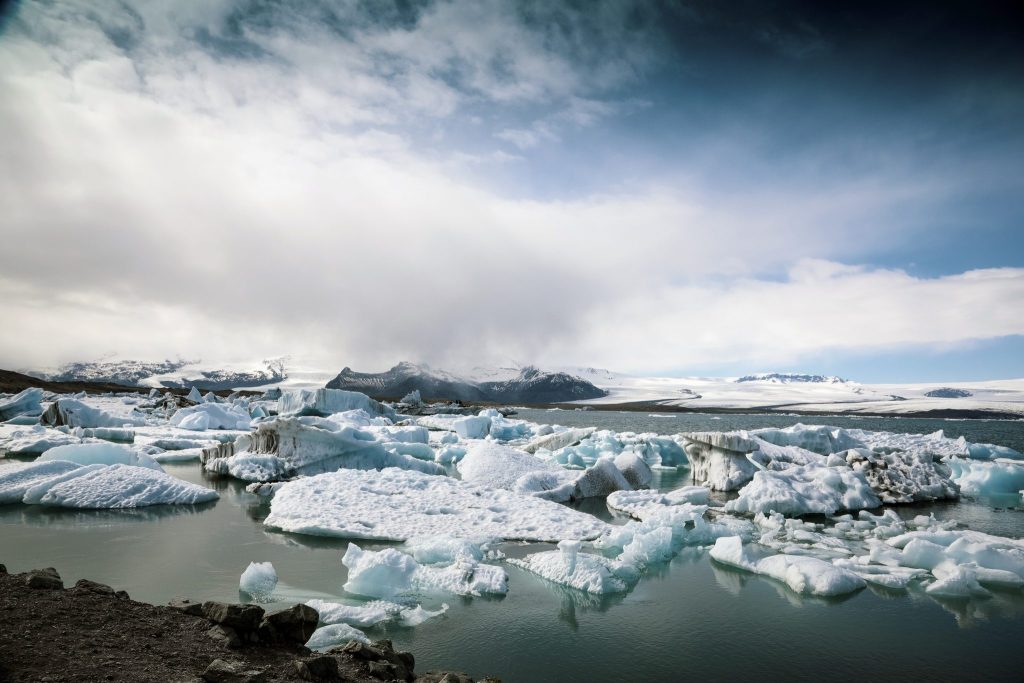Why is water still an issue if it covers more than 70% of our planet? This resource is not always located in an accessible place and doesn’t always reach the safe drinking water standards for consumption. Therefore, water security and management are among the biggest challenges the world faces today.
Understanding water. Part 1. Water security and management
by Ph.D. Brigita Dalecka
We have to change our attitude and increase our knowledge about water, understanding it as a high-value product.
I was lucky to be born in the Northern European country of Latvia. My home country has one of the largest water volumes of fresh water resources. I’ve been lucky enough to never feel a lack of accessible water for everyday use. However, the data from the United Nations sharply highlights water-related challenges. For example, 2.2 billion people lack access to safely managed drinking water services and 2 billion people live in countries experiencing high water stress. Furthermore, 80% of wastewater flows back into the ecosystem without being treated or reused. Therefore, it’s important to act now not only globally but also individually. We have to change our attitude and increase our knowledge about water, understanding it as a high-value product.

The nature of water
To understand water and water management, it’s essential to clarify what kind of water we’re talking about. For example, there are thousands of types of coffee beans around the world and different methods of how coffee can be prepared. The same problem is with the water.
I believe one of the easiest ways to understand the nature of water is to separate it into two large groups based on its applicability and consumption. These two groups are:
- Drinking water
- Wastewater
Simply put, we consume drinking water and generate wastewater. But what can we do to optimize water consumption and make this water cycle process more environmentally friendly?

The importance of water supply
A good water supply is an essential part of human society – not only do we need water to grow. We also need this resource for personal and domestic hygiene such as bathing and washing, which is the primary condition for good public health. It’s very important to understand that the major task of the water supply system is to prepare and distribute safe drinking water.
Typical drinking water treatment consists of:- water collection, – screening, – filtration,- disinfection, – storage, – and finally distribution. However, the treatment steps mainly depend on the source of water. For example, in most cities in Latvia, drinking water is taken from groundwater. The main treatment step is removing iron, and no chemical treatment is needed.
At the same time, water that comes from rivers or lakes demands more attention. In this case, treatment with chemical methods such as coagulation, flocculation, chlorination, and ozonation need to be used. Thus, it’s always important to understand which source your drinking water is coming from and what kind of treatment needs to be applied to prepare and reach safe drinking water quality.
It’s important to understand that drinking water doesn’t separate from the wastewater.
Simply put, water doesn’t just disappear after being used. I like to say that drinking water and wastewater are like two twin sisters. We open the tap and drink water every day while wastewater most commonly disappears in our toilet bowl. We don’t see wastewater, so it feels like it’s not a problem anymore. This phenomenon mainly explains why a lot of people often talk about drinking water and its quality but do not pay attention to the problems caused by untreated wastewater. Untreated wastewater can pollute the groundwater, so it’s important to treat the wastewater well before it’s discharged back into the natural water cycle.

Currently, classical wastewater treatment plants can efficiently remove nutrient loads to prevent eutrophication and pollution. But what can individual housekeepers who can’t connect to the centralized wastewater treatment system do? The easiest way is to change your habits and use personal care products that are environmentally friendly and don’t contain substances like phosphorus compounds.
The selection of wastewater treatment methods for the household is a complex process that requires deep knowledge and understanding of the treatment processes and methods.
The installation and maintenance of individual sewage treatment systems might be costly, but in the long term perspective, it will save money and the environment around the living area.
Final takeaways
John F. Kennedy once said, “Anyone who can solve the problems of water will be worthy of two Nobel prizes – one for peace and one for science.” Today, drinking water preparation and wastewater treatment are still a challenge. New advanced methods need to be developed, tested, and implemented into our everyday lives to increase sustainable development for our planet. So, in part 2 of this “Understanding water” series, I will summarize the latest trends in water management. I will also go into more detail about the solutions and ideas that can be used in individual households for drinking water preparation and wastewater treatment.

